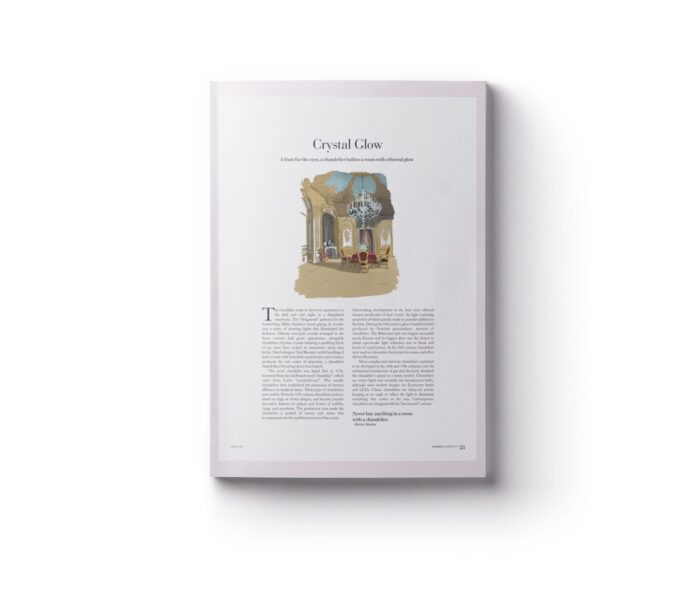A feast for the eyes, a chandelier bathes a room with ethereal glow
The chandelier made its first-ever appearance in the dark and cold night, in a dilapidated warehouse. The “designerati” gathered for the trendsetting Milan furniture stood gaping in wonder over a series of stunning lights that illuminated the darkness.
Delicate rose-pink crystals arranged in the haute couture ball gown appearance, alongside chandeliers of prism crystals imitating a sparkling block of ice, must have created an amazement never seen before. Dutch designer Tord Boontje’s artful handling of hard crystals with inimitable exquisiteness and romance produced the sole center of attraction, a chandelier shaped like a blooming cherry-tree branch.
The word chandelier was heard first in 1736, borrowed from the old French word “chandelier”, which came from Latin “candelabrum”. The candle chandeliers have symbolised the possession of extreme affluence in medieval times. These types of chandeliers were mobile. From the 15th century, chandeliers evolved, based on rings or crown designs, and became popular decorative features in palaces and homes of nobility, clergy and merchants. The production costs made the chandelier a symbol of luxury and status that accompanied only the wealthiest persons of the society.
Glassmaking development in the later years allowed cheaper production of lead crystal, the light scattering properties of which quickly made it a popular addition to the form. During the 18th century, glass chandeliers were produced by Venetian glassmakers, masters of chandeliers. The Bohemian style was largely successful across Europe and its biggest draw was the chance to obtain spectacular light
Never buy anything in a room with a chandelier.
– Harvey Mackay





